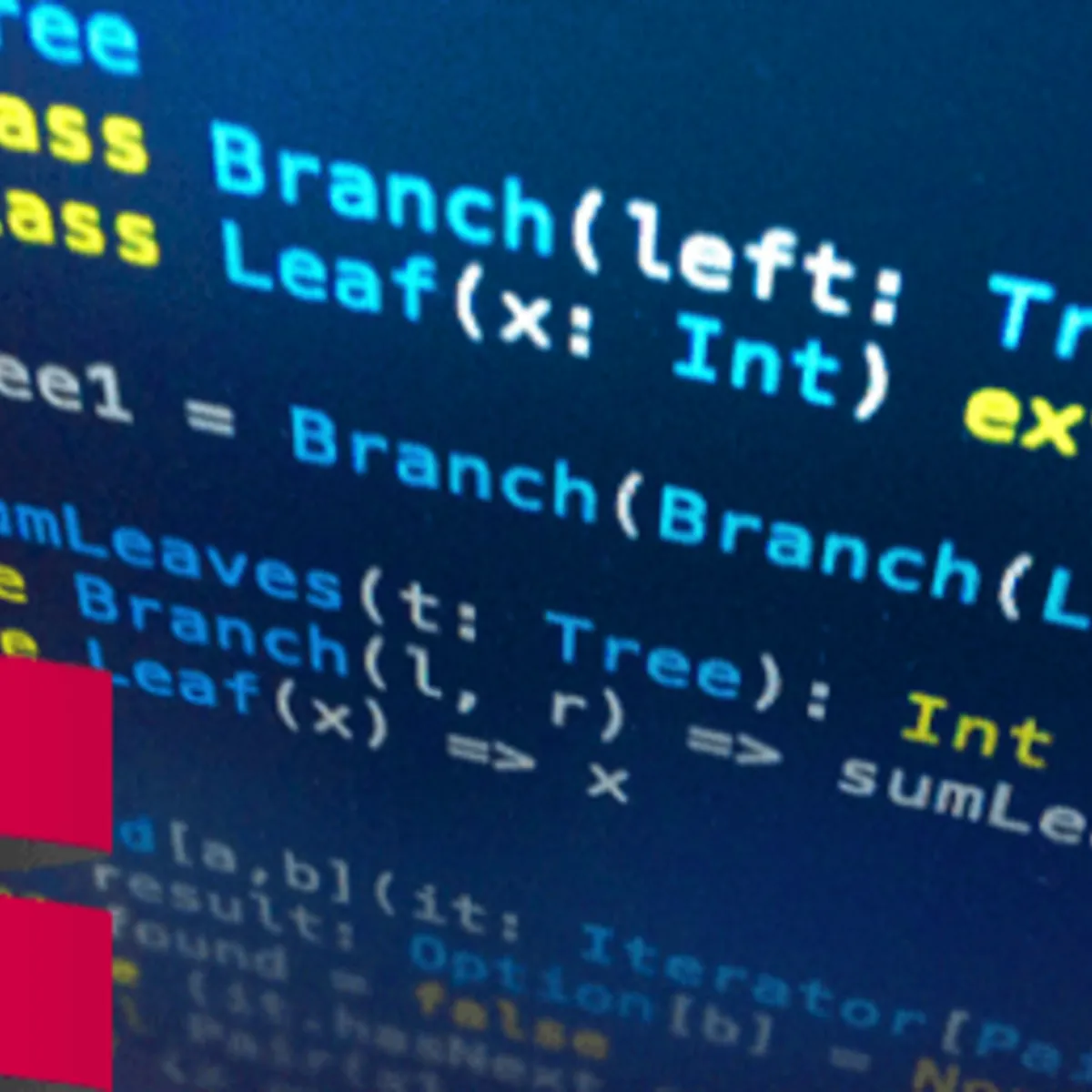
Foundations of Probability in Python 
Python is a great language for learning the foundations of probability. In this course, you'll learn about basic probability concepts such as random variables, mean and variance, probability distributions, and conditional probability. You'll also investigate two crucial probability results: the law of large numbers and the central limit theorem. Finally, you'll explore three more binomial-related distributions: the normal, Poisson, and geometric distributions. Plus, you'll investigate the relationships between linear and logistic regressions as probability and statistics applications in data science. ▼
ADVERTISEMENT
Course Feature
![]() Cost:
Cost:
Free Trial
![]() Provider:
Provider:
Datacamp
![]() Certificate:
Certificate:
No Information
![]() Language:
Language:
English
Course Overview
❗The content presented here is sourced directly from Datacamp platform. For comprehensive course details, including enrollment information, simply click on the 'Go to class' link on our website.
Updated in [June 30th, 2023]
This course, Foundations of Probability in Python, provides an introduction to basic probability concepts such as random variables, mean and variance, probability distributions, and conditional probability. Participants will learn how to investigate two crucial probability results: the law of large numbers and the central limit theorem. Additionally, three more binomial-related distributions will be introduced: the normal, Poisson, and geometric distributions. Finally, the relationships between linear and logistic regressions as probability and statistics applications in data science will be explored.
[Applications]
The application of this course can be seen in many areas of data science. After completing this course, students should be able to apply the concepts of probability to data analysis, such as using linear and logistic regressions to predict outcomes. They should also be able to use the law of large numbers and the central limit theorem to make more accurate predictions. Additionally, students should be able to use the normal, Poisson, and geometric distributions to better understand the data they are working with.
[Career Paths]
Job Position Path: Data Scientist
Data Scientists are responsible for analyzing large amounts of data to identify trends and patterns, and then using those insights to develop strategies and solutions for businesses. They use a variety of tools and techniques, such as machine learning, predictive analytics, and natural language processing, to uncover insights from data. Data Scientists must be able to interpret and communicate their findings to stakeholders in a clear and concise manner.
The demand for Data Scientists is growing rapidly, as businesses increasingly rely on data-driven decision making. Companies are looking for Data Scientists with strong technical skills, such as programming, data analysis, and machine learning, as well as the ability to communicate their findings to stakeholders. As the demand for Data Scientists continues to grow, the development trend is for Data Scientists to become more specialized in their areas of expertise, such as predictive analytics, natural language processing, or deep learning.
[Education Paths]
The recommended educational path for learners of Foundations of Probability in Python is a Bachelor's degree in Mathematics or Statistics. This degree will provide learners with a comprehensive understanding of probability and statistics, including the fundamentals of probability theory, probability distributions, and the application of probability and statistics to data science. Learners will also gain an understanding of linear and logistic regressions, as well as the law of large numbers and the central limit theorem.
The development trend of this degree is to focus on the application of probability and statistics to data science. This includes the use of machine learning algorithms, such as linear and logistic regressions, to analyze and interpret data. Additionally, the degree will focus on the use of probability and statistics to make predictions and decisions in data science. Finally, the degree will focus on the use of probability and statistics to develop and evaluate data-driven models.
Course Syllabus
Let's start flipping coins
Calculate some probabilities
Important probability distributions
Probability meets statistics
Course Provider

Provider Datacamp's Stats at AZClass
Discussion and Reviews
0.0 (Based on 0 reviews)
Explore Similar Online Courses

Building a Cloud-Based iOS Application With Parse Framework

Graphic Design Masterclass: Learn Graphic Design in Projects

RDBMS PostgreSQL

Intro To PostgreSQL Databases With PgAdmin For Beginners

PostgreSQL: Client Applications

Mastering SQL using Postgresql

Database Design and Basic SQL in PostgreSQL

PostgreSQL: Advanced Queries

Spatial SQL with Postgres : A language for geographers

Learn SQL Using PostgreSQL: From Zero to Hero

PostgreSQL Essential Training


Start your review of Foundations of Probability in Python